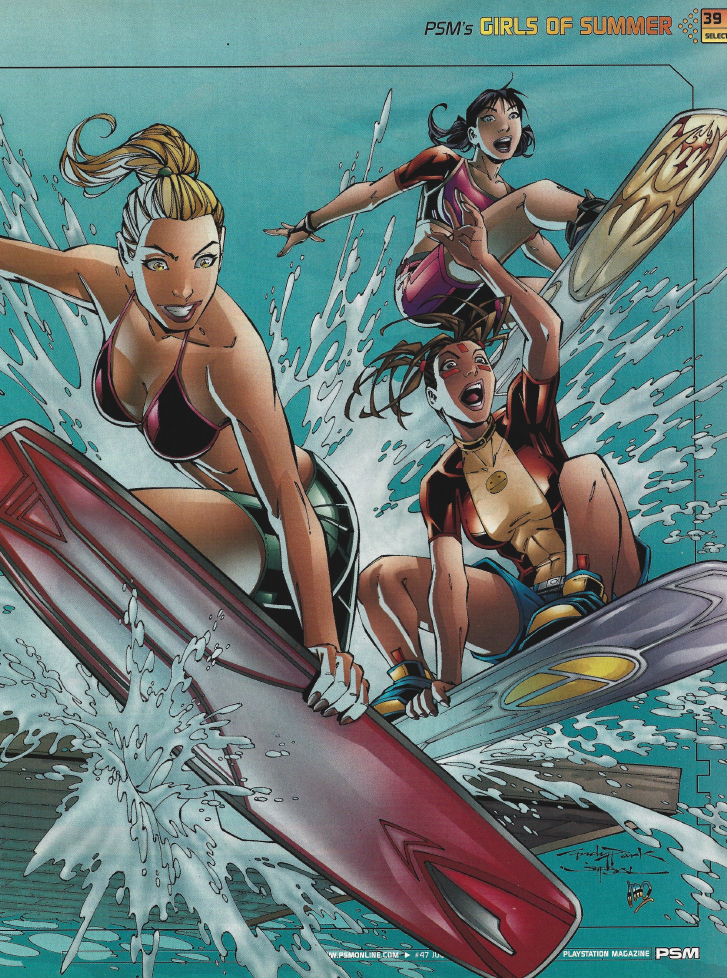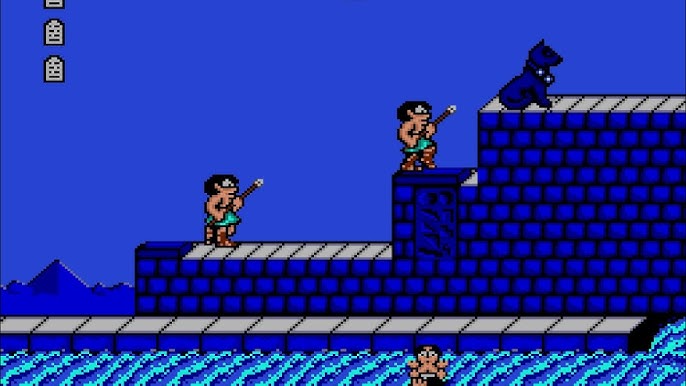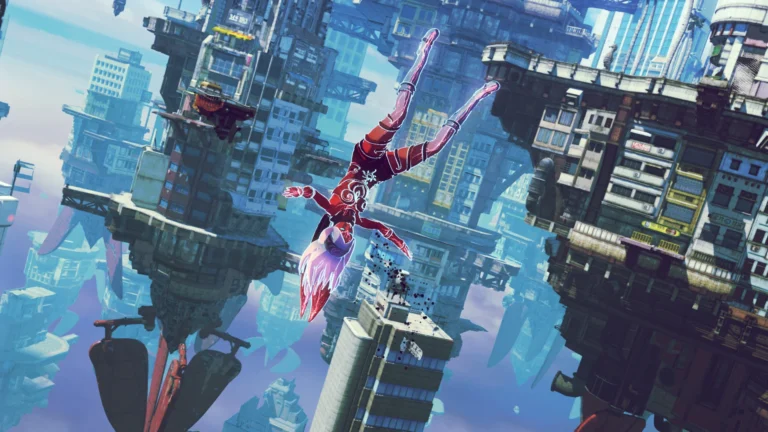When I was a teen (back around 2005), I really got into video game magazines. EGM, Game...
Video Games
So, since I went through my top 100 games of all-time, I thought it might be interesting...
25. Star Wars: Knights of the Old Republic (2003, PC) Knights of the Old Republic has some...
50. Demolition Racer (1999, PS1) A childhood classic, Demolition Racer is what it sounds like: combine demolition...
Lately, I’ve been seeing people on social media posting Topsters lists of their favourite video games, which...




